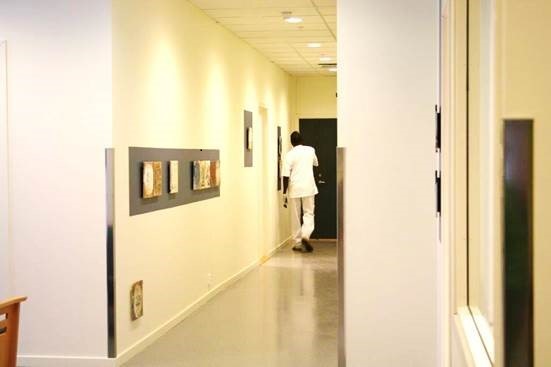Forming Life: Aesthetic Awareness in Mental Health Care
DOI:
https://doi.org/10.7577/if.v2i2.737Abstract
Using cross-disciplinary perspectives from artistic research, aesthetic theory, and mental health care, this article discusses qualities in sensuous surroundings in mental health facilities. Although the background for the article is in the increased awareness in aesthetic research concerning sensuous surroundings and their connection to health and well-being, this aesthetic research is only reflected to a small extent in research on mental health care surroundings. A further development of these perspectives is suggested in this article by introducing the concept of life forms from the art theorist Nicolas Bourriaud and the concepts of presentation and perception in theatrical communication from theatre researcher Willmar Sauter. These theories are discussed and exemplified on the basis of data from two mental health care wards: one from a psychogeriatric ward and the other from a polyclinic for eating disorders. Some essential qualities identified in the examples were that aesthetic environment and activity could be seen as formative to the “inner landscape”, and that different forms of sensuous activation and interaction could help patients escape communicative isolation. It is further demonstrated how participatory strategies can challenge artistic practice and that art can contribute to a health promoting and communicative space in mental health care. In the discussion section, it is argued that an activating, and possibly empowering, environment can be created through an increased awareness of the aesthetic strategies used in health care institutions. The study seeks to contribute to knowledge transfer in artistic practice and healthcare practice, as a part of a cross-disciplinary art didactic discourse, which intends to address specific societal challenges.

Downloads
Published
How to Cite
Issue
Section
License
Authors who publish with this journal agree to the following terms:
- Authors retain copyright and grant the journal right of first publication with the work simultaneously licensed under a Creative Commons Attribution License that allows others to share the work with an acknowledgement of the work's authorship and initial publication in this journal.
- Authors are able to enter into separate, additional contractual arrangements for the non-exclusive distribution of the journal's published version of the work (e.g., post it to an institutional repository or publish it in a book), with an acknowledgement of its initial publication in this journal.
- Authors are permitted and encouraged to post their work online (e.g., in institutional repositories or on their website) prior to and during the submission process, as it can lead to productive exchanges, as well as earlier and greater citation of published work (See The Effect of Open Access).